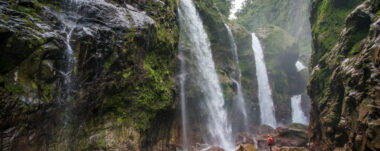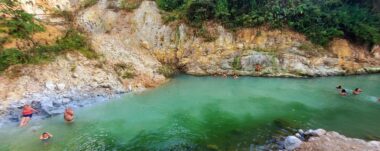Tapantí: Macizo de la Muerte National Park
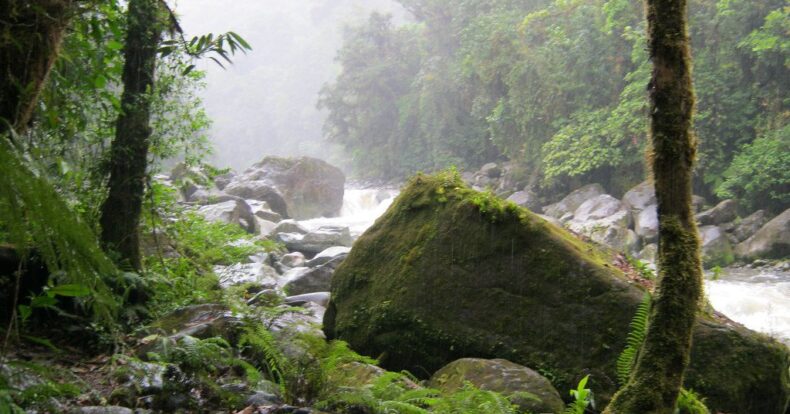
Costa Rica is home one of the most valuable national parks in the country, Tapantí Macizo de la Muerte National Park, known for its biodiversity and breathtaking landscapes. This park, located in the Cordillera de Talamanca region, a real natural paradise.
A Corner of Rain and Height.
One of its most notable characteristics is the incredible amount of rainfall. This park is among the rainiest places in Costa Rica. In fact, it has an average annual rainfall of over 6,500 mm, and in some years, up to 8,000 mm of rainfall has been recorded. This abundance of water has given rise to a variety of unique ecosystems, ranging from páramos to cloud forests.
As a result, the park extends from altitudes of 700 meters above sea level to peaks that reach 3,491 meters above sea level. These extreme conditions have allowed a great variety of plant and animal life to flourish in this environment, making it a refuge of great biodiversity.
Five Life Zones in One Place.
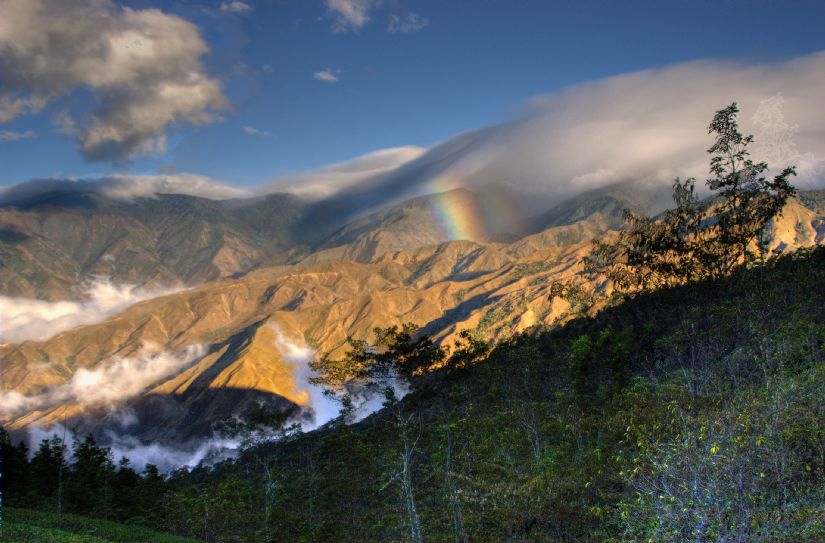
Here, visitors can explore very humid premontane forests, premontane rainforests, low montane rainforests, montane forests and subalpine rainforests and moors.
The park’s rugged topography, combined with high rainfall, results in the formation of more than 150 rivers that flow through the area. Not only do these rivers provide spectacular panoramic views, but they are also crucial sources of goods and services for Costa Rican society. As such, they provide climate regulation and microclimates, habitats for a wide range of flora and fauna, freshwater supplies, food, tourism opportunities, and hydroelectric power generation.
The Reventazón and Pacuare rivers, two of Costa Rica’s most important rivers, originate in the highlands of this national park. Water from the Reventazón River basin is used for human consumption in the Greater Metropolitan Area, supplying approximately half a million inhabitants. Moreover, the Costa Rican Electricity Institute operates four hydroelectric plants in this basin, highlighting the strategic importance of the park’s natural resources for the country’s sustainable development.
A Natural World Heritage.
Besides, Tapantí is not only a Costa Rican treasure, but also a proud member of the global conservation community.
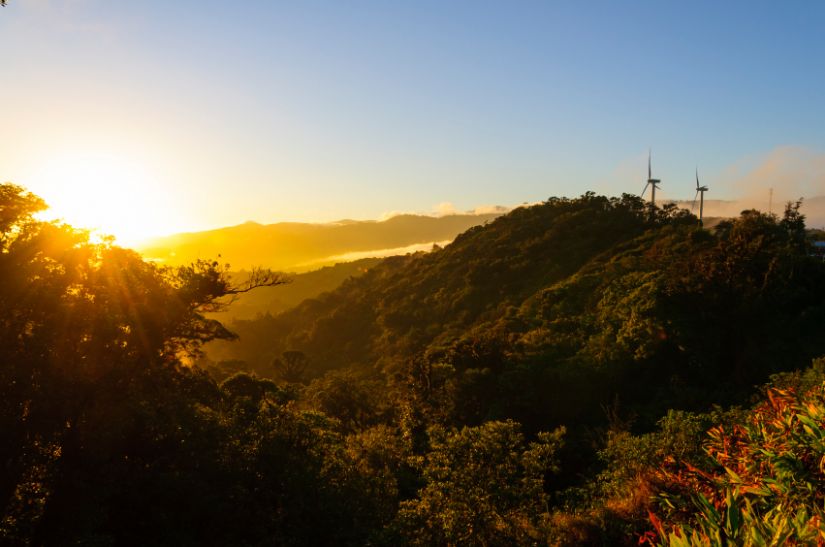
This park is part of one of the most biologically diverse regions in the world and, along with the Cordillera de Talamanca, is the largest forest in Costa Rica. In 1999, Executive Decree No. 28307 created the park by merging the Río Macho Forest Reserve and the Tapantí National Wildlife Refuge. Also, since 2000, part of the PNTMM has been designated as Turberas de Talamanca, which demonstrates its importance in wetland conservation.
Visit Tapantí National Park.
And if you’re ready to explore this natural treasure, the park is open Monday through Sunday, including holidays, from 8:00 am to 4:00 pm.
Fees are as follows:
₡800 for national and resident visitors over the age of 13.
₡500 for national and resident children (ages 2 to 12).
$10 for non-resident visitors over the age of 13.
$5 for non-resident children (ages 2 to 12).
₡500 for national and resident visitors of primary and secondary education on educational tours organized by educational centers and coordinated in advance with the Administration of the protected wilderness area.
A place where nature is presented in its maximum expression. As a reminder of the importance of conservation, the beauty and biodiversity of Costa Rica in all its splendor.
To gain access, tickets must be purchased online through the system at https://serviciosenlinea.sinac.go.cr.
Navigate articles




